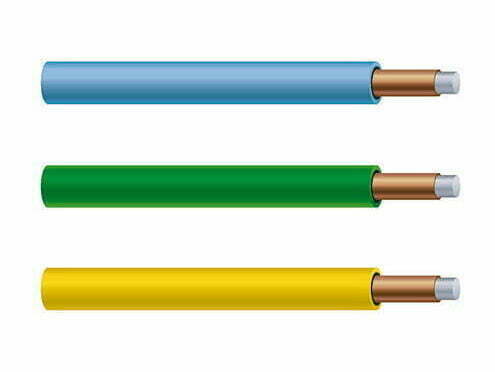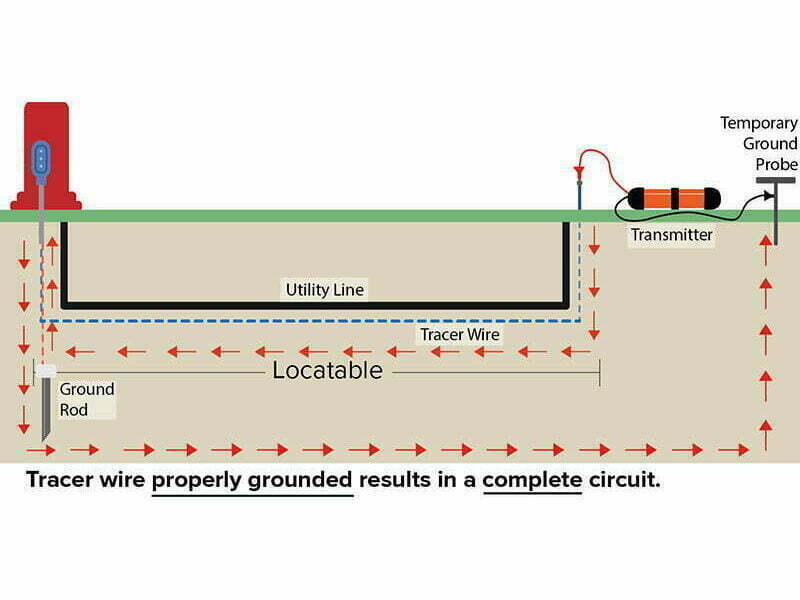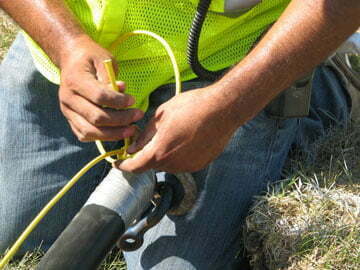First step:
Choose tracer wires.
There are several things you need to consider:
- Size of conductor. The common size of tracer wire is from 8 AWG to 18 AWG.
- The material of conductor. Copper clad steel wire or Pure Copper?
- The insulation of tracer wire: HDPE or PVC jacket?
- What is your application? Open-cut, Horizontal directional drilling, or Pipe bursting.
In conclusion, which we more recommend is Copper clad steel wire + HDPE jacket.
To sum up the advantage of copper clad steel wire.
- Same performance as pure copper.
- Excellent reliability
- Save material cost
- Strong Anti-corrosion
- Anti-theft
- Anti-aging Properties (HDPE jacket)
Second Step:
Choose Waterproof Connectors.
What kind of connectors we suggest you to buy:
- Impact resistant
- Waterproof and corrosion proof
- Saves time and money
- No pre-twisting required
- For use in lrrigation, Landscape Lighting
- Direct Burry ApplicationsPre-filled
- For Outdoor/Irrigation, Outdoor/Electrical wire splices usage
- For connections exposed to condensation, water, vapour or dust
Third Step:
Ground Tracer Wires
In short, to make tracer wire is grounded properly.
Fourth Step:
Above all, access points can protect and provide direct connection to tracer wire systems.
Fifth Step:
Installed tracer wire properly. So that we can locate easily by multi-function locating equipment.
The Application of Tracer Wires
- YELLOW – Natural Gas Lines
- ORANGE – Fiber Optic, Signal and Communication Lines.
- BLUE – Potable Water Lines
- GREEN – Sewer and Drain Lines
- PURPLE – Reclaimed Water Lines
- RED – Electric Power Lines
- WHITE – Proposed Excavation



